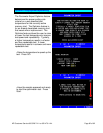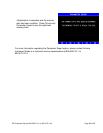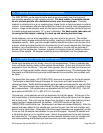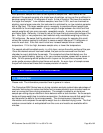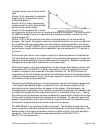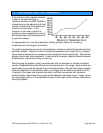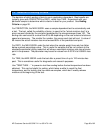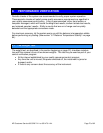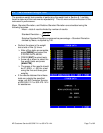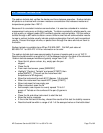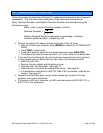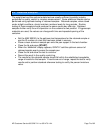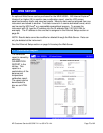
AZI Customer Service 800-528-7411 or 602-470-1414 Page 68 of 92
7.2. Determining Proper Test Temperature
If the moisture of the sample material
is known, as determined by a
reference method, the MAX 5000XL's
temperature can be adjusted until test
results correlate with the established
moisture concentration. If the
moisture is not known, prepare a
moisture versus temperature curve to
decide the proper test temperature for
a particular sample.
An appropriate curve can be prepared by testing sample material at increasing
temperatures of five-degree increments.
The starting temperature is usually the standard or reference method temperature for that
particular sample. Results for each increasing temperature will usually rise to a plateau
where several temperature increases do not change the results significantly. Beyond this
plateau, results can rise dramatically. Examination of a sample, tested at these increased
temperatures, may show burning or charring.
Results along the plateau usually correlate well with the standard or reference method
results. Repeated testing should be done at temperatures in this range. Several tests are
performed using the same sample size and test parameters. Results from these repeated
tests are tabulated to calculate the mean, or average, and the standard deviation (S.D.).
Analysis of the mean and standard deviation, and their comparison with reference
method results, determines if the proper test temperature has been used. If mean values
do not compare well, or if the standard deviation is too large, test at another temperature
along the plateau.





